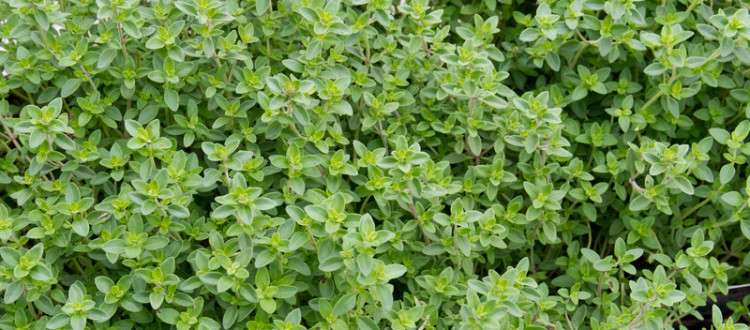Thyme
Thyme (Thymus vulgaris) is an aromatic herb and a member of the mint family (Lamiaceae) as well as related to oregano. Once established it grows as a perennial and is grown for culinary, medicinal and ornamental purposes. It has a rich heritage dating back to ancient times when the Egyptians used thyme for embalming and the Romans used it for scenting their rooms. Europeans in the Middle Ages believed that if you placed thyme beneath your pillow while you slept, it would prevent nightmares. Fair maidens would give thyme to knights to install courage while they prepared for battle.
In more modern times, thyme is used in Herbes de Provence, and its essential oil, thymol, is an effective fungicide and is used as an active ingredient in commercially produced mouthwashes.Watch Full Movie Online Streaming Online and Download
There are a number of cultivars of thyme, including lemon, creeping thyme and “wild” thyme, and are all grown the same way.
How to Plant
Thyme enjoys full sun and slightly alkaline soil that drains well. Plant outside in the spring after the last frost, and include a time release fertilizer for best results. Space plants about 9 inches apart, as they will reach a height of between 6 and 12 inches. Thyme is easy to grow and requires little attention besides regular watering. Begin pruning in the second year by pinching the the tops to keep it bushy.
When pruning, always cut above the new growth, never below (near the woody stem) to ensure the plant will continue to produce fragrant leaves. Thyme should be cut back annually by one third, and should be done before the growing season begins.
Many gardeners like to plant it near walkways and between steps in the garden in order to release its strong fragrance when brushed against.
Fertilizing
Use a balanced slow release fertilizer when planting, and top dress around the plant in winter so seasonal precipitation can allow the fertilizer to sink down into the root system. Drenching the roots during the summer with a diluted fish emulsion is also effective.
Harvesting
Thyme should be trimmed through the summer to ensure it continues to produce new leaves. Cut a sprig above the line where new growth has begun, staying away from the woody stem. Freshly cut thyme should be used immediately or can be stored in a plastic bag in the refrigerator for up to one week. Freezing the leaves is also an option.

